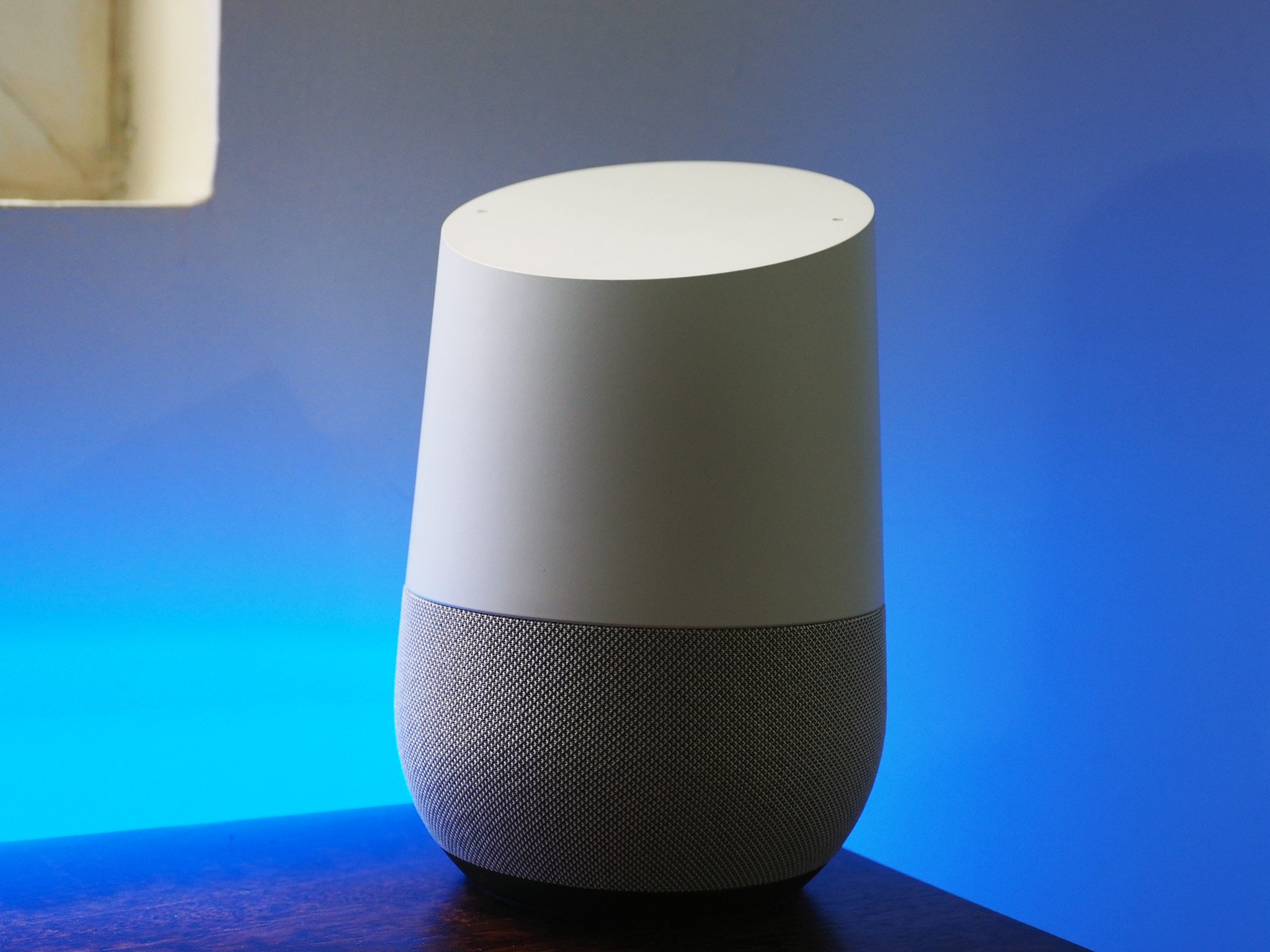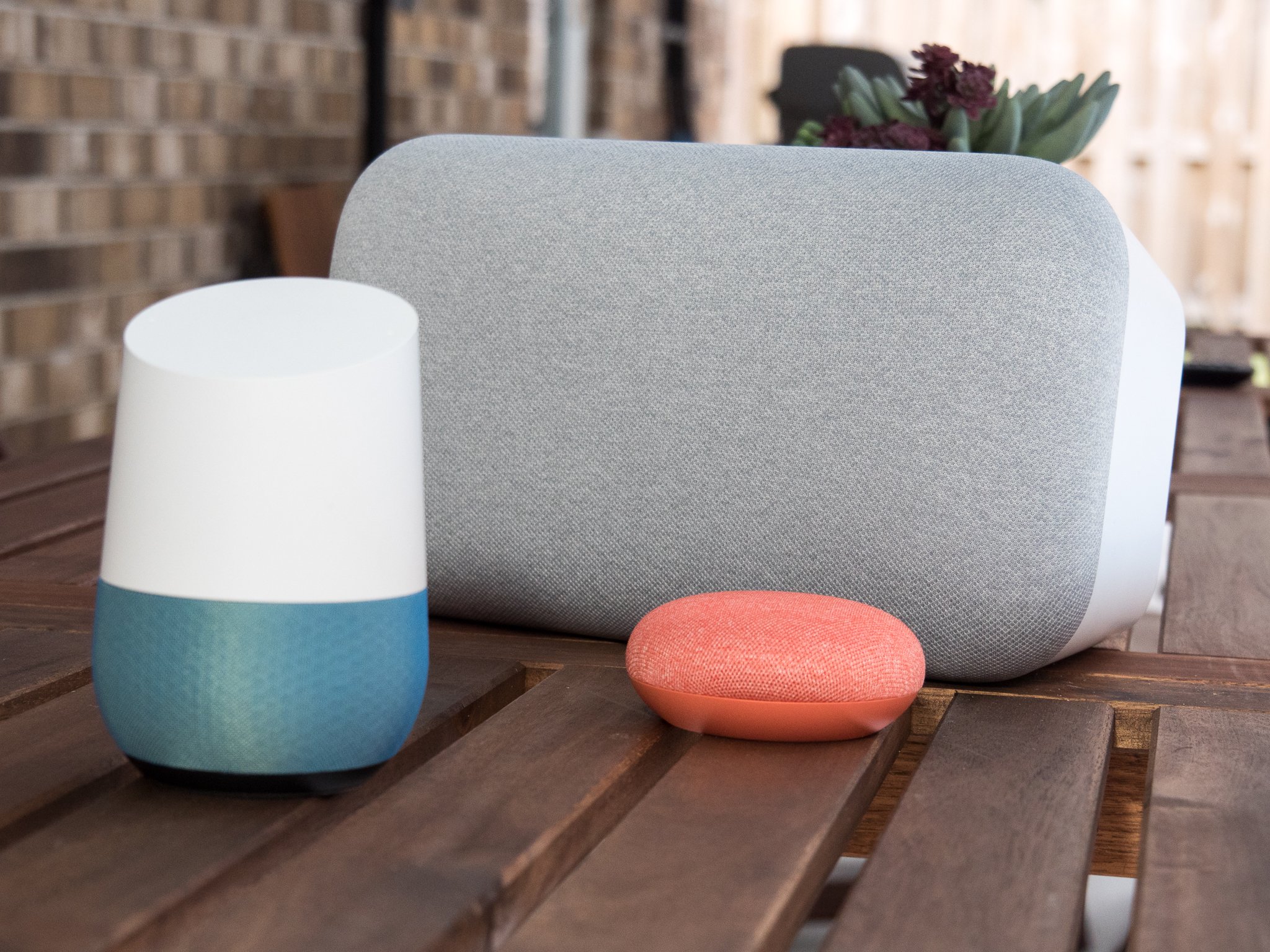The Google Assistant fundamentally changed how we interact with Google services.
- Google Home & Google Assistant
- Moto X
- Roku
- Chromecast & Google Cast
- HDR+
- Samsung Galaxy S7
- Alexa & Amazon Echo
- HTC One M7
- Robot Vacuums
- Google Cardboard
- Google Wifi
Apple
- Apple across the decade
- Rene Ritchie's product of the decade
- The iPad
- iPhone 4s
- Qi charging
- iPhone 5c
- iOS 8
- Apple Watch
- Pokémon Go
- Nintendo Switch
- iPad Pro
- iPhone 11 Pro
Microsoft
Google had a particularly fruitful decade, with the brand dominating on several fronts. Google Search is now the runaway leader for search, YouTube is the world's largest video streaming platform, and there are over two billion Android-powered devices being used globally.
The one service that stood out for me this decade is Google Assistant. The company wasn't the first to roll out a digital assistant, but in Google Assistant it created something that was better than the likes of Siri, Cortana, and Alexa. The service debuted alongside the Google Home, the smart speaker that kicked off Google's connected home ambitions, and together they proved to be a potent combination.
A smart assistant for a smart speaker
You likely know what the Google Home is all about, but I'll recount the basics. It's a cylindrical smart speaker with Google Assistant integration that connects to your home Wi-Fi network. It includes two far-field mics that pick up your voice from all the way across the room and a control surface at the top that lets you adjust volume and music playback. There's also a switch at the back to turn off the mics, and a speaker built into the base that has a 2-inch driver with two 2-inch passive radiators.
The control surface has colored LEDs that light up when the speaker is actively listening, and you can invoke Assistant by saying, "OK Google" or "Hey Google." The digital assistant integration lets you get updates on everything from your work commute, weather alerts, sports and news updates, daily news, stream music, control smart lights, and so much more.
The best part about Assistant on the Google Home is its ability to tie into third-party services, which significantly expands its feature-set. You can stream music from Spotify, Pandora, Deezer, YouTube Music, and more; control smart lights from over a hundred brands, and even book a ride on Uber just by issuing a voice command. The ease of use along with the exhaustive list of features made the Google Home an instant success, and it allowed Google a foothold in the smart home segment.
Google Home and Assistant How it all began
Google wasn't the first to roll out a smart speaker or a digital assistant (and as you can see it the concept is similar to how other companies did it). Amazon introduced the Echo back in 2014, giving us a first look at Alexa. That kicked off the ambient computing dogfight, and Google needed something to take on the Echo. Google Home was the answer, and the cylindrical speaker was the ideal showcase for Google Assistant.
Google unveiled the Google Home back at I/O 2016 for $129, with the device hitting shelves in October 2016. While the device marked Google's foray into the smart speaker category, it wasn't the search giant's first connected home product. The humble $35 Chromecast was going strong by that point, and Google co-opted the hardware from the Chromecast and added a speaker to create the Google Home.
Google wasn't the first to introduce a digital assistant, but with Google Assistant it set the benchmark for the industry.
The hardware on offer with the Google Home was just one part of the story; what truly made the device stand out was the Assistant capabilities. Although Amazon was the first to market with a digital assistant, Google's take with Assistant was much more polished. Google Assistant leveraged the company's treasure trove of information to deliver more meaningful results to user queries, and as Google continued to add more features it became the service to beat in this category.
Assistant's ability to seamlessly hook into Google's services gave it an edge immediately, as it made things like setting alerts, reminders, and being notified of upcoming calendar events that much easier. However, its defining feature — and one that made it stand out — was the fact that it could tap into Google's Knowledge Graph, giving you access to all the information the search giant has indexed over the last two decades.
Of course, being the first to market with a smart speaker allowed Amazon to offer better compatibility with third-party smart home vendors. However, by introducing a much more useful digital assistant, Google was able to close the gap quickly.
The start of a new ecosystem
Google has continued to build out Assistant features over the years, adding multilingual support, follow-up queries, video and audio calls, routines, and much more. Machine learning requires large data sets to surface useful recommendations, and no one has a more extensive knowledge base of information than Google. Over the years, Google was able to leverage this scale to bring Assistant to more devices. It is now installed on over one billion Android phones, and comes pre-installed on new phones.
On the device front, Google built on the success of the Google Home by introducing the Home Mini, and followed it up with the Nest Mini earlier this year. There's also a Google Home Max, and the Nest Hub, which has a 7-inch screen. Then there's the Nest Hub Max, whic has a 10-inch screen and a built-in camera for Duo video calls. Sure, the device ecosystem is nowhere near as extensive as what Amazon managed to achieve with Echo and Alexa, but the fact that you can use Assistant on your phone gives Google an edge.
On a personal level, I use my Google Home throughout the day for streaming music, reminders, setting timers, and interacting with Assistant. It's more convenient than pulling out my phone to perform the same action. I have several speakers scattered around the house that are all connected over Chromecast Audio or feature the Cast protocol, and the Google Home does a great job streaming music to all devices just by issuing a voice command.
Although it made its debut three years ago, the Google Home is still on sale today. The life-cycle for smart home products is considerably longer than that of phones, and while the hardware itself hasn't changed, Google has rolled out a series of updates over the years that make the Google Home a much better product.
With Google Home and Assistant, Google created the perfect showcase for the conected home category. The minimalist design with the Google Home ensured it didn't call out attention to itself, and with Assistant it set the bar. Sure, Amazon got there first with Alexa, but it was Google that showed us just how useful digital assistants could be in everyday life.
Hey Google, talk to me
Google Home
The one that started it all.
The Google Home continues to be a fantastic showcase for Google Assistant, and three years after its debut it is just as strong as ever. The cylindrical design blends seamlessly with your decor, and right now Google Assistant is the digital assistant to beat.
from Android Central - Android Forums, News, Reviews, Help and Android Wallpapers https://ift.tt/2ristsu
via IFTTT







Aucun commentaire:
Enregistrer un commentaire